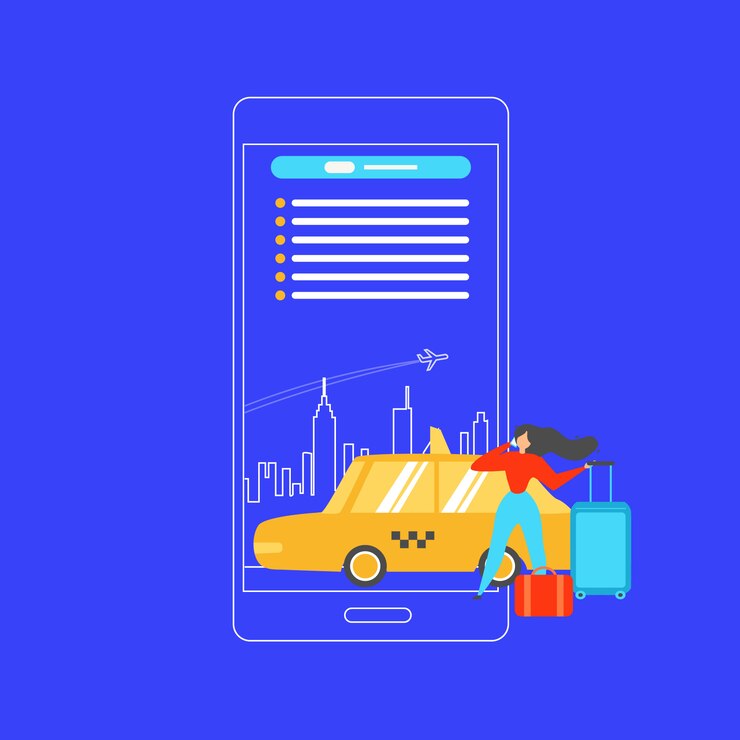In today’s sharing economy, car-sharing platforms like Turo have revolutionized the way people access transportation. Turo, often dubbed as the Airbnb for cars, allows individuals to rent out their vehicles to others, providing a convenient and cost-effective alternative to traditional car rental services. If you’re inspired by the success of Turo and want to create your own car-sharing platform, you’re in the right place. In this guide, we’ll walk you through the essential steps to build your own Turo clone app.
Understanding the Concept: Before diving into development, it’s crucial to understand the core concept of a car-sharing platform like Turo. At its essence, Turo connects vehicle owners with individuals in need of short-term rentals. The platform facilitates transactions, provides insurance coverage, and ensures a seamless experience for both owners and renters.
Market Research: Begin by conducting thorough market research to identify your target audience, assess competitors, and understand industry trends. Analyze the strengths and weaknesses of existing car-sharing platforms to identify areas where you can innovate and differentiate your app.
Defining Features: Next, outline the features and functionality of your Turo clone app. Key features may include user registration and authentication, vehicle listings with detailed descriptions and photos, a search and filtering system, booking and payment processing, a messaging system for communication between users, and a rating and review system for feedback.
Choosing the Right Technology Stack: Selecting the appropriate technology stack is crucial for the success of your app. Consider factors such as scalability, security, and ease of development. Popular choices for building car-sharing apps include frameworks like React Native for cross-platform development, Node.js for backend development, and MongoDB for database management.
Designing the User Interface (UI): Create an intuitive and user-friendly interface for your app. Pay attention to usability, aesthetics, and branding. Utilize design principles such as responsive layout, clear navigation, and visually appealing graphics to enhance the user experience.
Development: With the groundwork laid out, it’s time to start development. Break down the development process into manageable tasks and prioritize functionality based on user needs. Adopt an agile development methodology to iterate quickly and adapt to changing requirements.
Testing and Quality Assurance: Thoroughly test your app to identify and address any bugs or issues. Conduct both manual and automated testing to ensure compatibility across various devices and platforms. Prioritize security testing to protect user data and prevent potential vulnerabilities.
Launch and Marketing: Once development and testing are complete, launch your Turo clone app on the desired platforms, such as the App Store and Google Play Store. Develop a comprehensive marketing strategy to attract users and generate buzz around your app. Utilize digital marketing channels, social media platforms, and partnerships with influencers or industry organizations to reach your target audience.
Gathering Feedback and Iteration: Listen to user feedback and monitor app performance closely after launch. Continuously gather insights to identify areas for improvement and optimization. Iterate your app based on user feedback, market trends, and technological advancements to stay competitive and meet evolving user needs.
Compliance and Legal Considerations: Ensure that your Turo clone app complies with all relevant laws and regulations, particularly concerning vehicle rental, insurance, and data privacy. Consult with legal experts to navigate any legal complexities and protect your business from potential liabilities.
Scaling and Expansion: As your app gains traction and your user base grows, be prepared to scale your infrastructure and expand your service offerings. Explore opportunities for geographic expansion, partnerships with other businesses, and integration with additional features or services to enhance the value proposition of your app.
Conclusion: Building a Turo clone app is a complex yet rewarding endeavor that requires careful planning, execution, and ongoing refinement. By following the steps outlined in this guide and staying attuned to market dynamics and user feedback, you can create a successful car-sharing platform that disrupts the transportation industry and delivers value to users worldwide.





